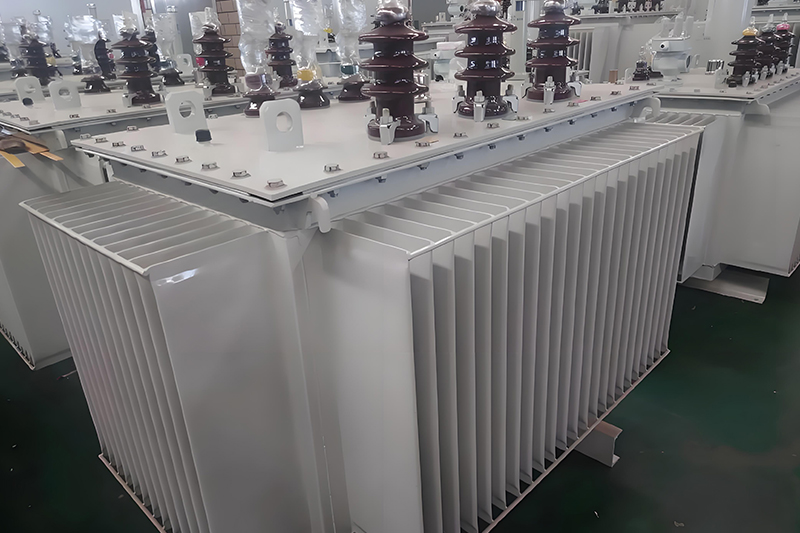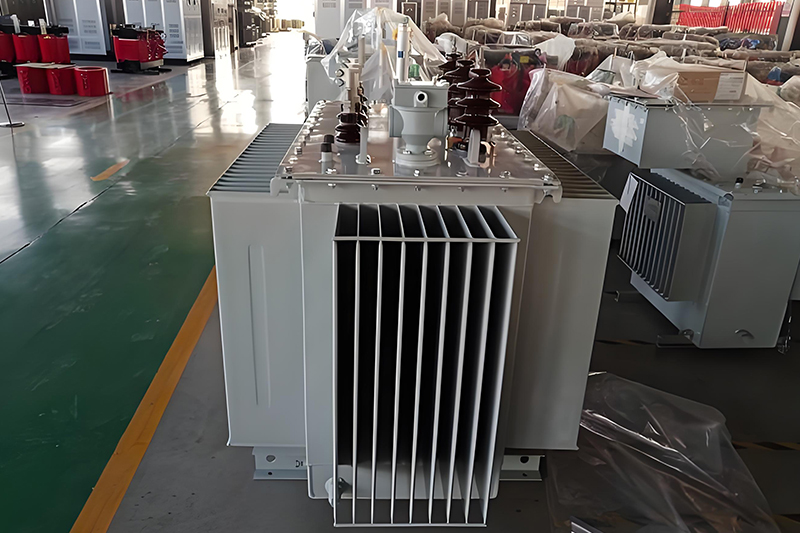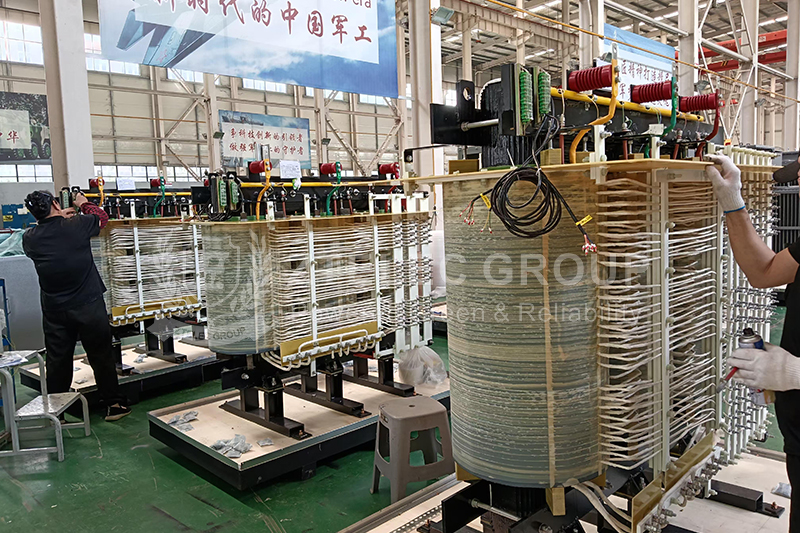10kV Oil-Immersed Transformer Operation Inspection Tips: Oil Level, Oil Color, and Oil Temperature
10kV oil-immersed transformers are vital equipment in modern power distribution networks. Their operational condition directly affects the stability and reliability of power supply. The transformer oil serves multiple critical functions—it provides insulation, dissipates heat, and extinguishes arcs. Therefore, maintaining proper oil level, oil color, and oil temperature is key to preventing failures and extending transformer lifespan. This article explains professional inspection methods to help technicians identify issues early and ensure long-term, stable performance.

1. Oil Level Inspection Techniques
The oil level indicates whether the internal oil quantity of the transformer is within the normal operating range. Abnormally high or low oil levels suggest potential equipment issues such as leaks, expansion, or internal faults.
Common inspection methods include:
Visual Inspection: Check the oil level gauge on the oil conservator (oil pillow) to observe the current oil level relative to the scale lines.
Infrared Thermometer: Used as an auxiliary tool to verify possible false oil levels caused by temperature variations or internal vapor pressure changes.
Inspection Steps and Standards:
1. Observe from the correct position and note the scale markings on the oil conservator, typically corresponding to different temperatures (e.g., -30°C, +20°C, +40°C).
2. Correct for ambient temperature—the oil level rises with temperature. At 20°C, it should align near the +20°C mark.
3. Under normal conditions, the oil level should remain between one-half and three-quarters of the gauge height, ideally matching the ambient temperature scale.
2. Oil Color Testing Techniques
The oil color provides a direct indication of the oil’s aging and contamination level. Monitoring oil color helps determine when to purify or replace transformer oil to maintain insulation strength.
Testing Methods:
1. Visual Check: Observe the oil through the level gauge under adequate lighting or extract a sample for examination.
2. Sample Comparison: Use a clean glass bottle to collect oil and compare it with a new oil sample or a standard oil color chart.
Testing Standards:
• New, qualified transformer oil is light yellow, transparent, and glossy.
• Slight color change to light red is acceptable during normal use, provided it remains transparent.
• Dark, cloudy, or opaque oil indicates contamination, oxidation, or carbon particles—requiring purification or replacement.

3. Oil Temperature Monitoring Techniques
Oil temperature is one of the most important indicators of a transformer's load and internal health. Maintaining it within the proper range helps avoid insulation deterioration and ensures long-term operational safety.
Detection Methods:
1. Built-in Thermometer: Many transformers include a pressure or remote-type thermometer that continuously displays the top oil temperature.
2. Infrared Thermometer: Used to measure the temperature of key parts such as the oil tank, radiator, and bushings for detecting local overheating.
Temperature Reference Values:
• Normal Operating Temperature: Top oil temperature ≤ 85°C.
• Alarm Temperature: 85°C (triggers an alert and activates auxiliary cooling).
• Trip Temperature: 95°C (automatically disconnects the transformer to prevent damage).
During inspection, record both thermometer readings and infrared measurements to detect any abnormal temperature rise or local overheating.
4. Correlation Among Oil Level, Color, and Temperature
These three parameters are interrelated and must be analyzed together for accurate condition assessment:
• A higher oil temperature accelerates oil oxidation, darkening the color and increasing oil volume, which raises the oil level.
• A low oil level reduces cooling efficiency, further increasing oil temperature.
• Discoloration or oil degradation often corresponds with temperature abnormalities or internal insulation deterioration.
Therefore, comprehensive monitoring and data comparison during routine inspections are crucial for identifying early warning signs and implementing preventive maintenance.
5. Maintenance Recommendations
To maintain optimal transformer performance:
• Conduct oil level, color, and temperature checks at least once per month.
• Keep detailed inspection logs and trend analyses for long-term tracking.
• Clean the oil conservator glass and thermometer regularly.
• Replace or filter oil when color darkening or sludge formation is observed.
• Ensure ventilation and cooling systems operate effectively under high load conditions.
Routine inspection of the oil level, oil color, and oil temperature of 10kV oil-immersed transformers is the cornerstone of reliable power distribution. Through systematic monitoring, operators can identify potential faults, extend service life, and ensure safe, efficient operation of power equipment.
- more+releated article
- 2025-10-21Application of K Factor Transformer
- 2025-10-21Detailed explanation about transformer model w
- 2025-10-2010kV Oil-Immersed Transformer Safety: Lightnin
- 2025-10-20What are The Advantages of Phenolic Cotton Clo
- 2025-10-17Are Three-Phase Isolation Dry-Type Transformer
- 2025-10-17G10 Epoxy Sheet: Choosing the Right Specificat
- 2025-10-1610kV Oil-Immersed Transformer Operation Inspec
- 2025-10-163240-B Epoxy Phenolic Glass Fiber Cloth Lamina
- 2025-10-15G10 Epoxy Sheet: The Preferred Insulation Mate
- 2025-10-15Analysis of Energy-Saving and Noise Control Te





